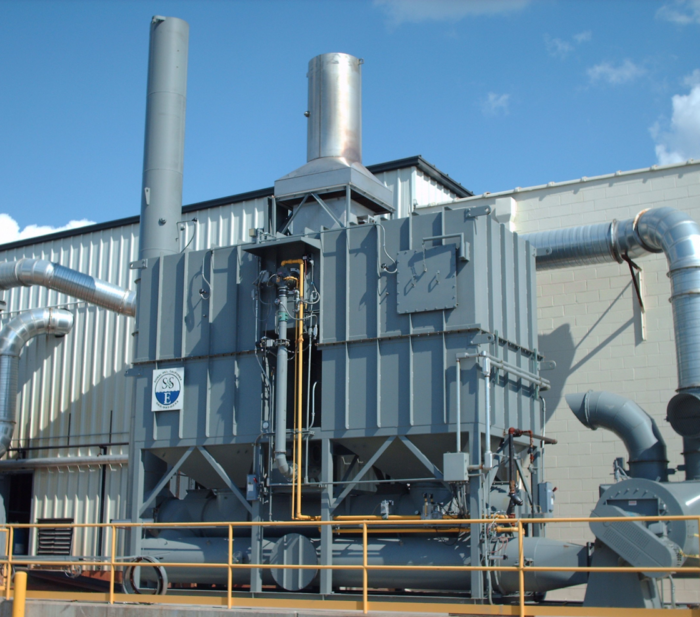Enclosed Combustion Equipment and Technology
What is an Enclosed Combustion Technology used for?
An enclosed combustion technology is mainly used in the oil and gas industry to control volatile organic compounds (VOCs) and methane emissions.
How to Select the Most Optimal Enclosed Combustion Equipment
Selecting an enclosed combustion solution is a complex process where environmental and operational requirements vary for each unique application. Selecting the correct equipment results in many benefits, which then translates to decreased capital and operational costs, as over-designing or under-designing of the equipment is prevented.
Enclosed Flare
An enclosed flare is the simplest enclosed combustion device as it is designed to hide the flame rather than increase the combustion efficiency or reduce emissions. Natural draft for cooling and combustion air is provided by the enclosed flare.
Thermal Oxidizer System vs. Combustors
While a combustor relies directly on igniting the process gas for oxidation, a thermal oxidizer system uses a burner to heat the chamber to proper oxidation temperatures for the required destruction efficiency. One variation of the direct thermal oxidizer is the recuperative thermal oxidizer, which incorporates heat recovery into its design.
Steps to Consider
- The first step should be to determine what local emissions guidelines apply to the specific device, and to evaluate the benefits in reducing emissions. NOx emissions have traditionally been especially difficult to control. NOx is formed through various mechanisms during combustion, which, if not addressed, can create large amounts of this pollutant.
- Fuel efficiency is also important to consider when selecting an enclosed combustion system. While a fuel source, such as natural gas, may be inexpensive, investing in a higher-cost system with increased fuel efficiency may not always be feasible. However, many products are still worth considering. With the greatest fuel efficiencies, regenerative thermal oxidizers recover up to 98% of thermal energy. These systems are ideal for low-concentration and high-flowrate applications.

Conclusion
In general, the decision factors should prioritize the following in this order:
- Process gas composition
- Emissions
- Fuel efficiency and capital costs
Proper selection requires that these factors be researched and determined in advance to ensure that the expectations for the equipment are in line with the operational requirements.



